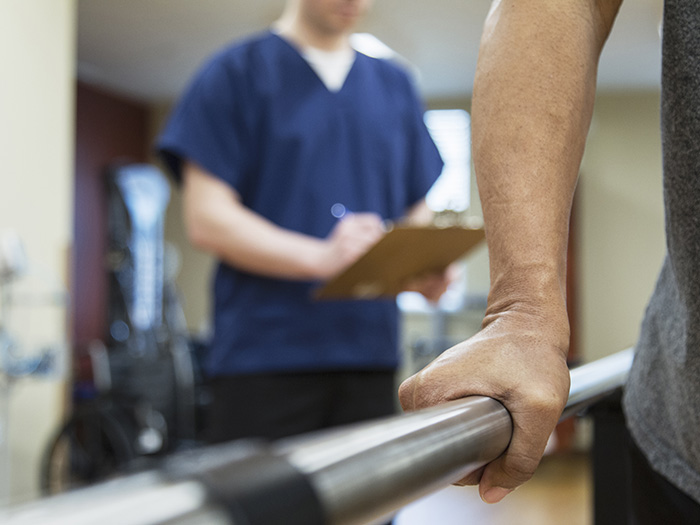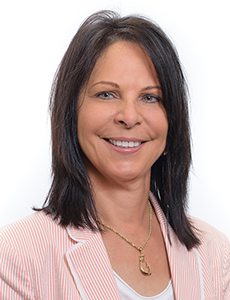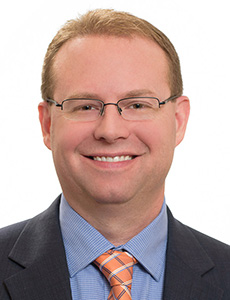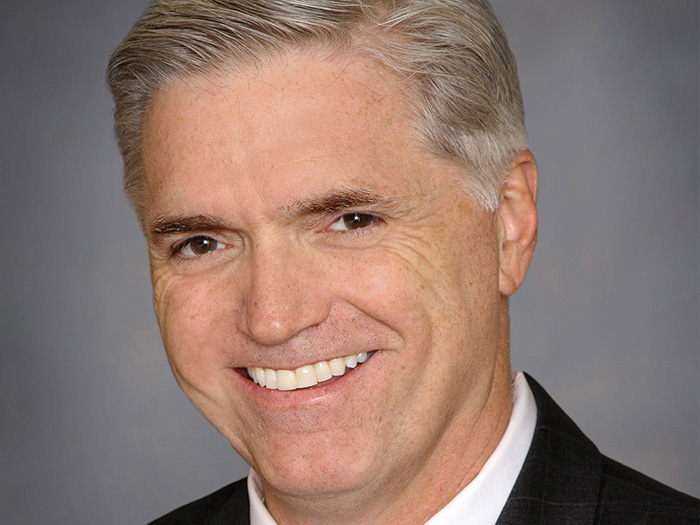Sponsored Content: Optum Workers’ Compensation and Auto No-fault Solutions
4 Ways Early Physical Therapy Helps Injured Workers Recover Faster

Pain management takes more than a pill. To heal an injury at the root of pain, patients need to exercise the affected joint, muscle or tissue. Regaining strength, endurance and range of motion all make movement easier and less painful. A combined pharmacological and physical medicine approach is often the best way to help injured workers control and overcome pain.
That’s why Optum is launching a new physical medicine platform to work in tandem with pharmacy benefit management (PBM). This program will include physical therapy, chiropractic care, massage therapy and acupuncture services.
“We are known for PBM services in the workers’ comp world, but we are really involved in total care management — walking the injured worker through the entire spectrum of care. Physical medicine is part of that spectrum,” said Eileen Ramallo, Product General Manager, Ancillary Services, Optum Workers’ Comp and Auto No-fault Solutions.
“We have a well-established physical medicine program in the commercial group health business. In collaboration with our parent company UnitedHealth Group/Optum, we’re looking to bring that experience, expertise and provider network to workers’ comp.”
Here’s why physical medicine is such a valuable component of the recovery process for injured workers and what makes Optum’s new platform unique.
The Benefits of Early Physical Therapy (PT) Intervention

Eileen Ramallo
Product General Manager, Ancillary Services, Optum Workers’ Comp and Auto No-fault Solutions
1) Pain Management
Getting injured body parts moving again can reduce pain.
“The body releases endorphins during exercise, which decrease the perception of pain. People physically feel better with more movement and mobility,” Dr. Robert Hall, Corporate Medical Director, Optum Workers’ Comp and Auto No-fault Solutions.
While pain medications like nonsteroidal anti-inflammatory drugs (NSAIDs) still play a critical role in reducing inflammation and enabling patients to participate in physical therapy, stronger and more addictive prescriptions like opioids become less necessary.
A 2020 Workers’ Compensation Research Institute (WCRI) study of 26,000 low-back-pain-only claims found that injured workers who started PT more than 30 days post-injury were 46% more likely to receive opioid prescriptions compared to injured workers who received PT within 3 days of their injury.
“Anything that can be done to help curb utilization of opioids for an injured person should be considered as part of their care,” Dr. Hall said.
2) Faster Return of Function
Improving overall strength, endurance and range of motion prevents deconditioning that can occur with an injury. Physical therapy goes a long way in maintaining overall health, which supports a faster and more complete recovery.
“We know that after an injury — especially to the lower back or legs — simple types of movement like getting out of bed, getting dressed or even walking from one room to another can be difficult and strenuous,” Dr. Hall said.
“At the end of the day, function is the most important aspect of recovery. In order to get people more functional, first we have to get them moving. Starting physical medicine earlier in the claim can accelerate the healing process, which ultimately expedites return to work.”
Physical therapists also help injured workers retain function by recommending appropriate durable medical equipment for home use, whether that’s a cane, walker or wheelchair.

Dr. Robert Hall
Corporate Medical Director, Optum Workers’ Comp and Auto No-fault Solutions
3) Injury Prevention
Strengthening an injured body part reduces the likelihood of reinjury.
“Sometimes injuries don’t quite heal the way they’re supposed to, increasing the risk of re-injury,” Dr. Hall said. “An appropriately planned physical therapy regimen helps the injured muscles, tendons or ligaments return closer to their pre-injury state.”
PT can also reduce the risk of future injuries to other body parts. If a patient returns to work with a weak shoulder that has not fully healed from a rotator cuff injury, for example, he or she might start to favor the other arm, which can eventually lead to an overuse injury in that previously “good” shoulder.
Regaining as much function as possible after an injury helps workers maintain proper form in all their movements going forward.
4) Better Mental Health
Plenty of research supports the connection between mental and physical health. Patients who focus on function — what their bodies can do — develop a more hopeful mindset that supports their recovery. Early PT puts the focus on building strengths rather than protecting weaknesses, and bolsters injured workers’ overall emotional wellbeing.
Restoring function also enables injured workers to return to their jobs more quickly, even if in a modified position. This provides a sense of purpose and direction that injured persons can lose if they remain inactive.
“People are at their best when they are doing the things that they enjoy and find meaningful. Getting people back to work in some capacity, or even just able to enjoy social activities, goes a long way in supporting good physical and mental health,” Dr. Hall said.
What Makes Optum Physical Medicine Unique
Two key factors set Optum’s physical medicine program apart in the market: deep expertise and seamless coordination of care.
Optum is not building its program from scratch; it is leveraging over 30 years of experience facilitating PT in commercial group health. During that time, it has expanded its network to over 130,000 providers nationwide, including chiropractors, occupational therapists and speech pathologists, as well as physical therapists.
Those experts are well-versed in not only making appropriate recommendations based on specific injuries, but also knowing when a change in the care plan is indicated. They rely not just on publicly available evidence-based guidelines like ODG and American College of Occupational and Environmental Medicine (ACOEM), but Optum’s proprietary guidelines as well, developed based on the PBM’s overall 40 years of experience in workers’ compensation.
“We’re taking all of those well-honed guidelines and protocols and adapting them to the unique rules of engagement in workers’ comp,” Ramallo said. “We understand jurisdictional differences and how to manage the whole continuum of care in compliance with varied rules and regulations.”
“We also occupy a unique intersection between physical medicine and pharmacy,” she continued. “Transparency and close communication between physical therapists, prescribing physicians and pharmacies means more opportunities to adapt the care plan according to a patient’s progress or changing needs. We can tweak care on both sides of the pain picture to achieve the optimal clinical outcome.”
One way that Optum ensures seamless coordination is through standard clinical note templates. This way, physical medicine providers know exactly what information to provide and where to place it, so that case managers and other clinicians can find what they need quickly and easily. Every stakeholder stays on the same page.
Early physical medicine intervention in coordination with pharmacological care will ultimately help to improve clinical outcomes and speed up return to work and function, yielding shorter claim duration and lower costs.
“The net impact is that we’re delivering a well-managed physical therapy program that delivers the best outcomes for the injured worker, significant savings to the payer and enhanced touchpoints for the claims examiners,” Ramallo said. “I think the combination of clinical care and claims ease of use is what really differentiates this program in the workers’ comp space.”
To learn more, visit https://workcompauto.optum.com/.
This article was produced by the R&I Brand Studio, a unit of the advertising department of Risk & Insurance, in collaboration with Optum Workers’ Compensation and Auto No-Fault. The editorial staff of Risk & Insurance had no role in its preparation.










